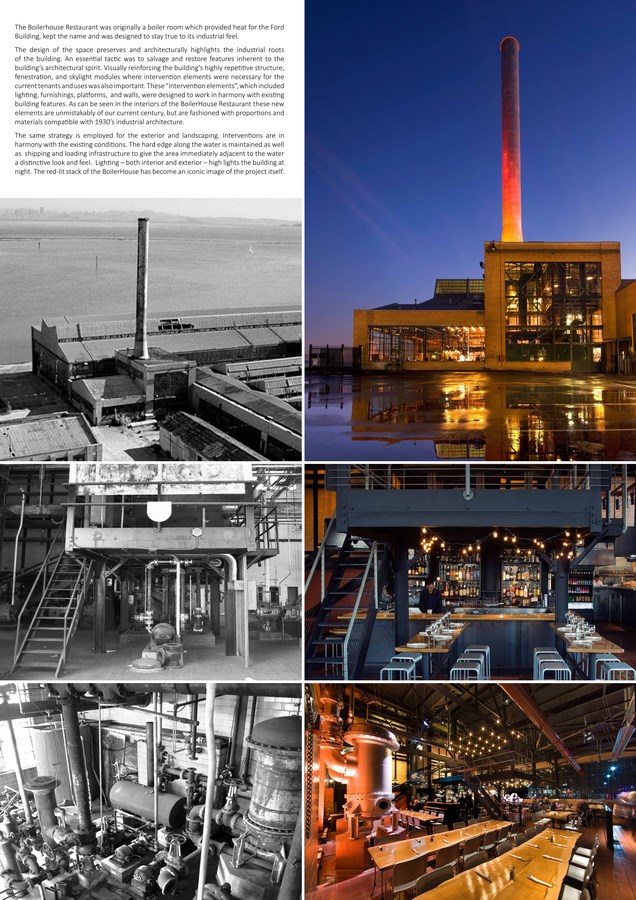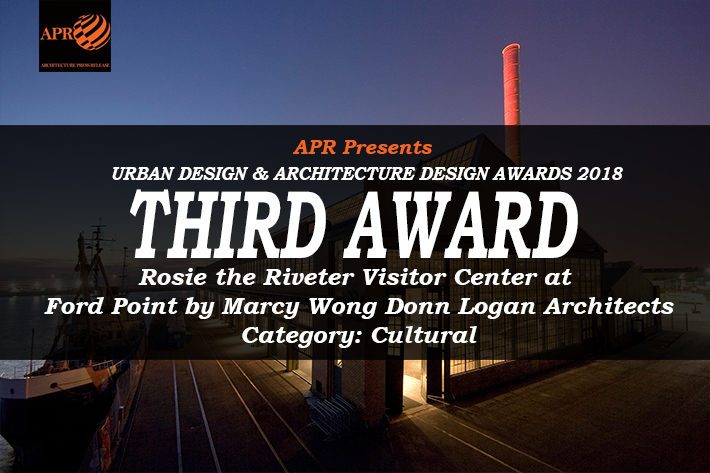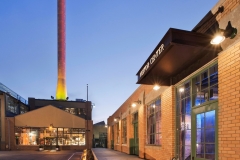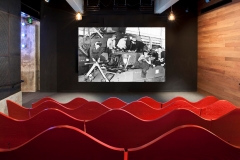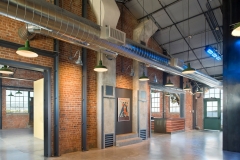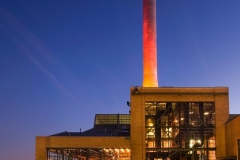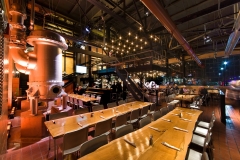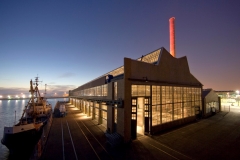Rosie the Riveter Visitor Education Center is the final chapter in transforming Henry Ford’s 1931 car factory on the San Francisco Bay waterfront into 21st Century re-uses. The center occupies an industrial building originally designed to store oil to fuel the operations of the adjacent car factory. However, during World War II, the Ford Plant production switched from cars to jeeps, tanks, and armored cars. These and other military vehicles were assembled by the famed “Rosie the Riveters” – women who assumed critically important jobs in trades that had been traditionally limited to men. The Rosie the Riveter Visitor Center – a history museum fittingly located in an historic building on an historic site, commissioned by the National Park Service – commemorates these women, many of whom worked on this very site, and whose legacy left a sweeping impact on American attitudes towards women in the work-place.
Urban Design & Architecture Design Awards 2018
Third Award | Category: Cultural
Architects: Marcy Wong
Studio Name: Marcy Wong Donn Logan Architects
Team Members: Marcy Wong, Donn Logan, Kent Royle, Ketki Shah
Country: United States
Website: www.wonglogan.com
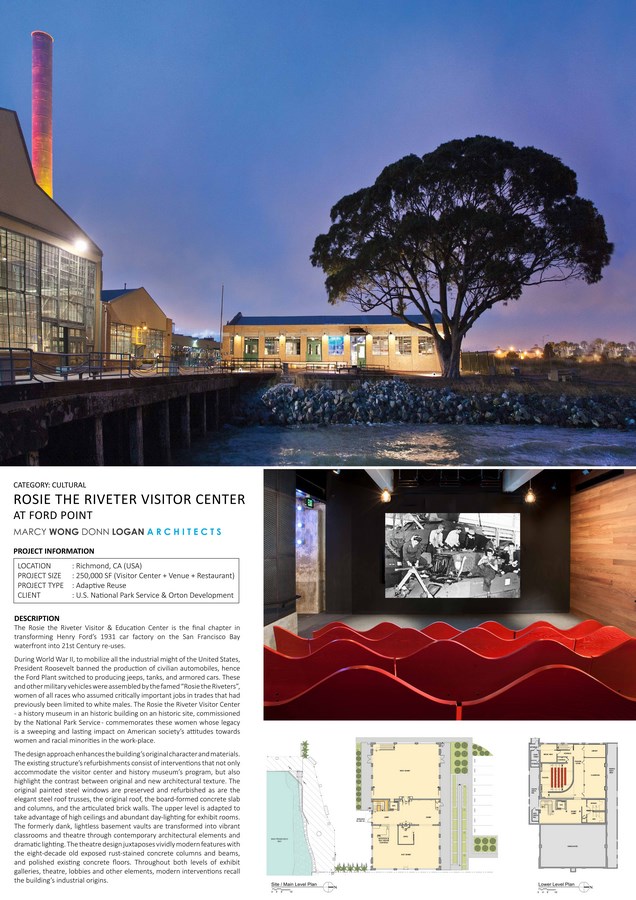
The design approach enhances the building’s original character and materials. The existing structure’s refurbishments consist of interventions that not only accommodate the visitor center and history museum’s program, but also highlight the contrast between original and new architectural texture. The original painted steel windows are preserved and refurbished as are the elegant steel roof trusses, the original roof, the board-formed concrete slab and columns, and the articulated brick walls. The upper level is adapted to take advantage of high ceilings and abundant day-lighting for exhibit rooms. The formerly dank, lightless basement vaults are transformed into vibrant classrooms and theatre through contemporary architectural elements and dramatic lighting. The theatre design juxtaposes vividly modern features with the eight-decade old exposed rust-stained concrete columns and beams, and polished existing concrete floors. Throughout both levels of exhibit galleries, theatre, lobbies and other elements, modern interventions recall the building’s industrial origins.
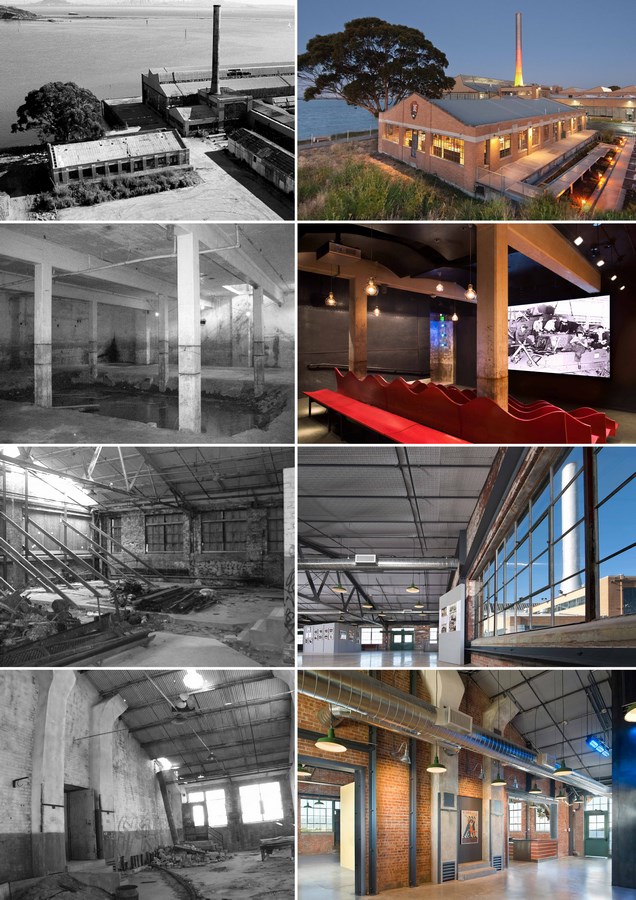
As part of the Visitor Center, the Ford’s public venues are situated adjacent to the water and afford spectacular views of the Richmond Harbor and the San Francisco Bay. The acre-area, 60’ tall, light-filled Craneway Pavilion – a multi-purpose event space – is built over the water on piers and surrounded by the harbor on three sides. Restored 35’ high windows along three sides of the Craneway and massive skylights, showcase a panoramic connection with the Bay and sky. Industrial glass doors along the south facade further connect inside and outside, strengthening the building’s waterfront connection. The Bay Trail, a paved multi-use trail circumventing the entire San Francisco Bay, coincides with the Craneway wharf, enhancing the Craneway’s public identity. This project is a crucial demonstration of how massive industrial facilities can be redeveloped while reclaiming the waterfront as a public asset.
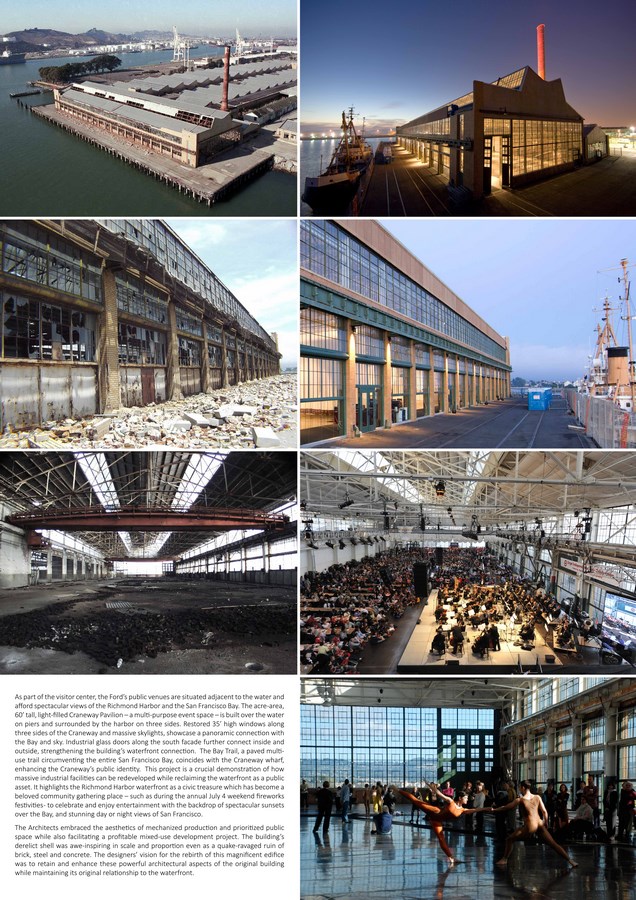
The Boilerhouse Restaurant was originally a boiler room which provided heat for the Ford Building, kept the name and was designed to stay true to its industrial feel. The design of the space preserves and architecturally highlights the industrial roots of the building. The “intervention elements”, which included lighting, furnishings, platforms, and walls, were designed to work in harmony with existing building features. As can be seen in the interiors of the BoilerHouse Restaurant, these new elements are unmistakably of our current century, but are fashioned with proportions and materials compatible with 1930’s industrial architecture.
